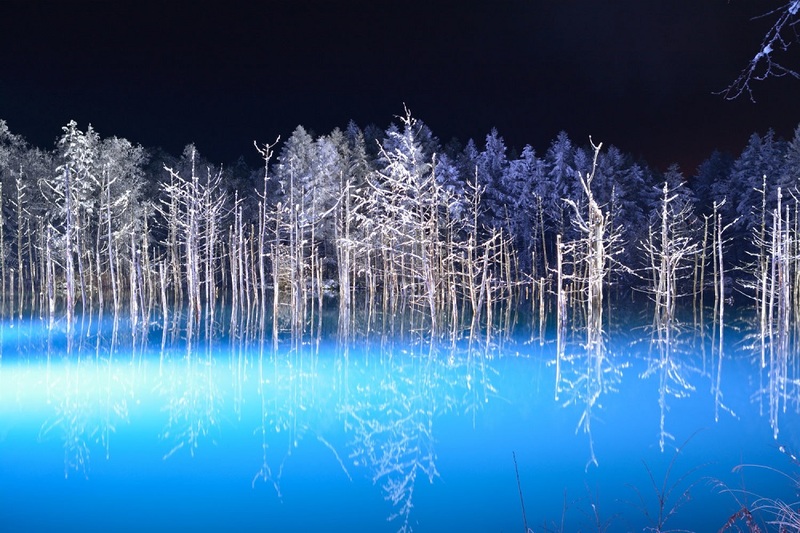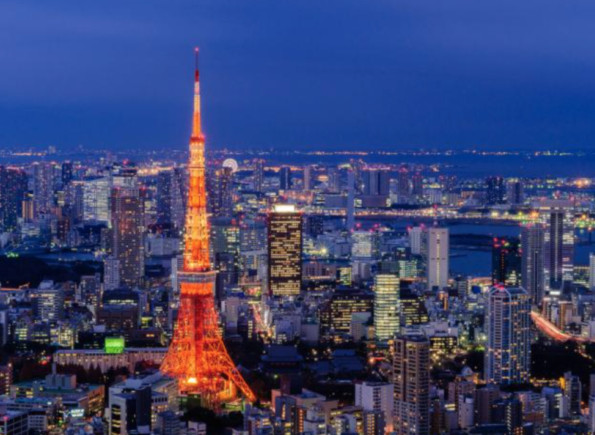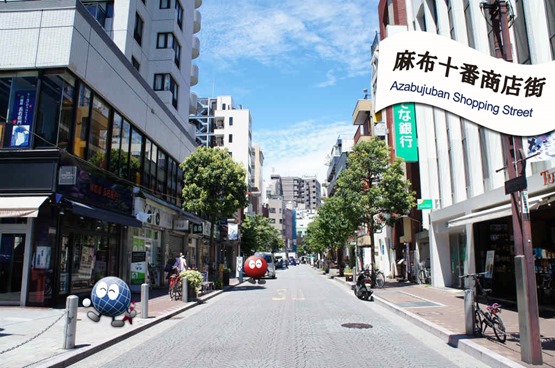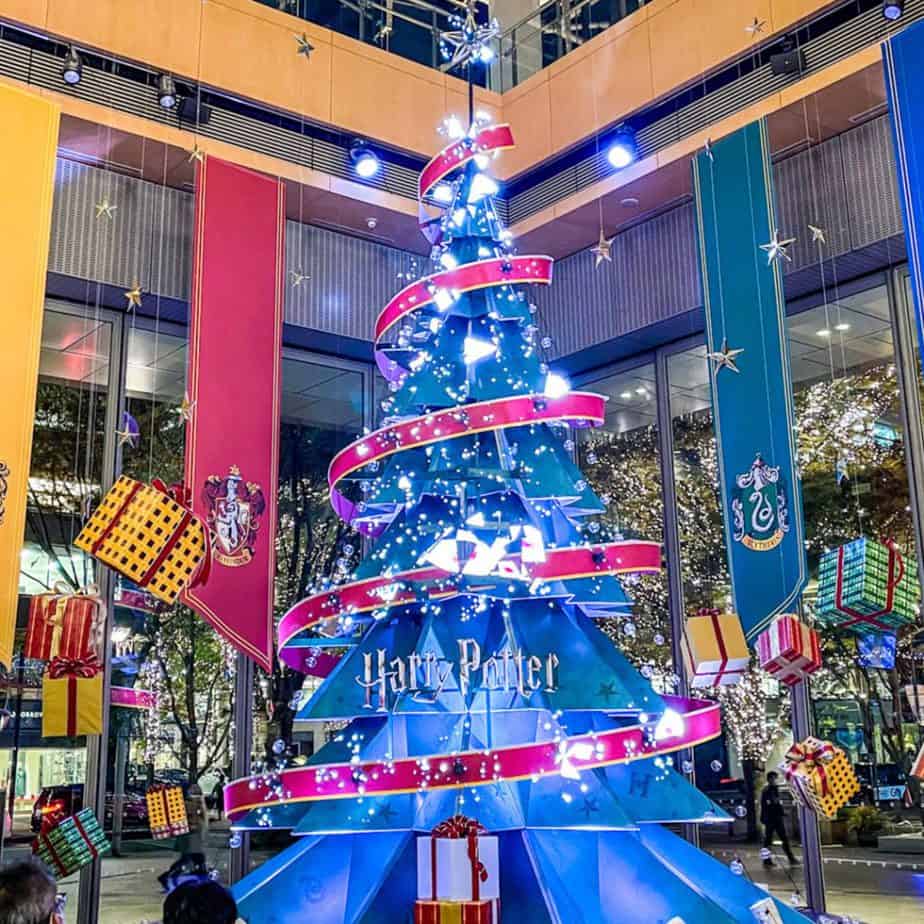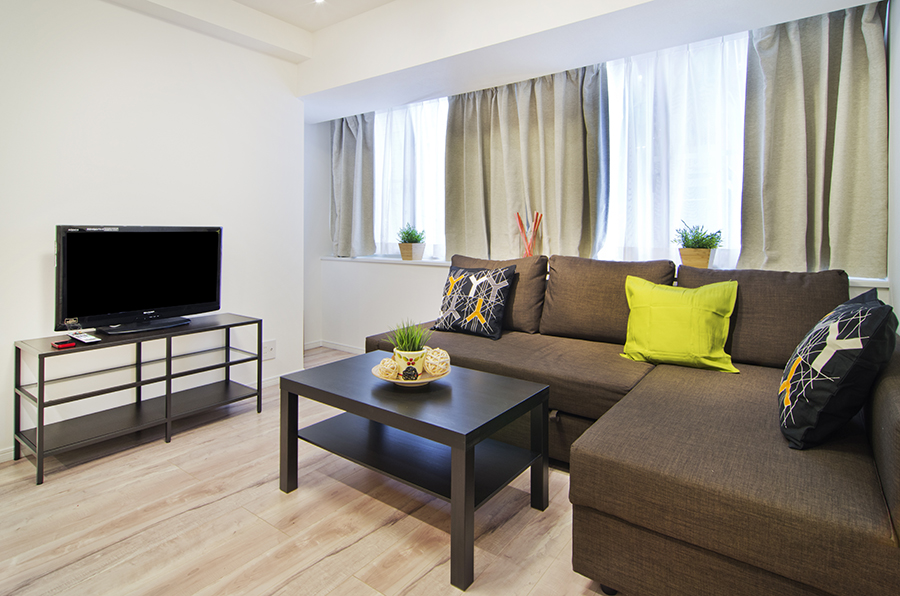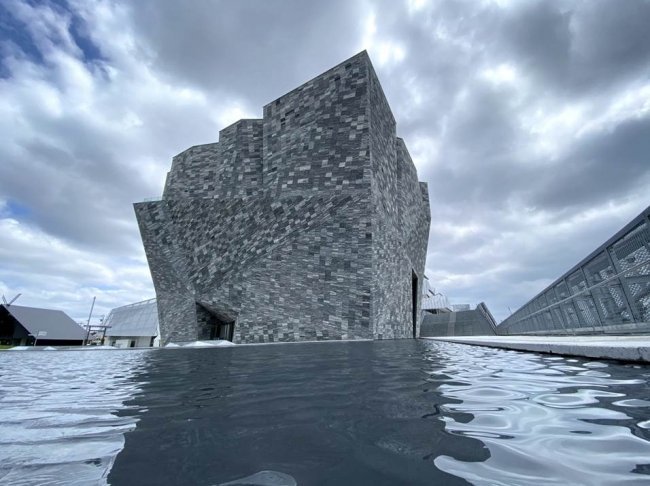Best Breakfast Spots in Tokyo
Surprisingly or not, one of the things that are most difficult for the Tokyo expats, newbies, or those whose lived here for decades, is a lack of Western-style breakfasts. Japanese people often kick off their day with a bowl of rice, fish, and miso soup. For those who come from Europe or America, this kind of breakfast has nothing to do with what they are used to. Luckily in the past few years, the situation in Tokyo has started to change. Now you can find more and more places offering breakfast that includes bread, eggs, oatmeal, etc. Here are our recommendations for the best breakfast spots in Tokyo.
Brasserie Viron Shibuya
Viron in Shibuya has probably one of the most popular breakfast offers in all of Tokyo. The place has been serving this breakfast for years now and it is still very popular, especially on the weekends. By ordering their morning set, you will be able to enjoy some of their bread and pastries. You will be also served several jams and honey, and of course, you can take as much as you want of them. Hot and cold drinks are offered to complement your meal. All this makes it almost a royalty-worthy breakfast.
Bills Ginza
Bills is a very popular cafe with several branches around the city. One of them is in Ginza. Here you will find traditional Aussie breakfasts, such as scrambled eggs, toast, bacon, roasted tomatoes,
fennel sausages, and mushrooms. For those who crave something a little bit sweeter in the morning, they also offer grain porridges with fruits and fruit bowls.
Sawamura Shinjuku
Sawamura is a popular bakery and restaurant. At their Shinjuku brunch, you can have breakfast starting at 7 AM. Treat yourself to bacon with eggs or to a heartful French toast.
Breakfast&Brunch Jade5
The place is already quite popular but this list won’t be complete without it. Jade5 is a small and cozy cafe located in Hiroo. Their breakfast option includes pancakes or French toast which are served throughout the day.
World Breakfast Allday
We mentioned them in our other posts. This cafe is famous for serving traditional breakfasts from different countries around the globe. Additionally to the stable American, English, and Taiwanese breakfasts, every two months or so, they serve a meal from a new country. It is a nice experience and never gets boring.
Crisscross
Crisscross is a popular cafe in Aoyama. Here you will find many good options regardless of what time you visit, but their breakfast is especially remarkable. We recommend getting the avocado salmon toast with a potato salad or their signature buttermilk pancakes with a sunny side up.
District
A new place which was opened only a year ago and it is located inside Kimpton hotel in Shinjuku. The brunch menu is served every day until 3 PM. It includes 2 main dishes, a selection of coffee and tea, and a bucket of freshly baked bread and croissants from Pierre Herme. You can also ask for the bread refills. Not a bad deal!
Did you know about these places or was it new to you? Let us know your favorite breakfast spot in Tokyo.





